April 14, 2017
|
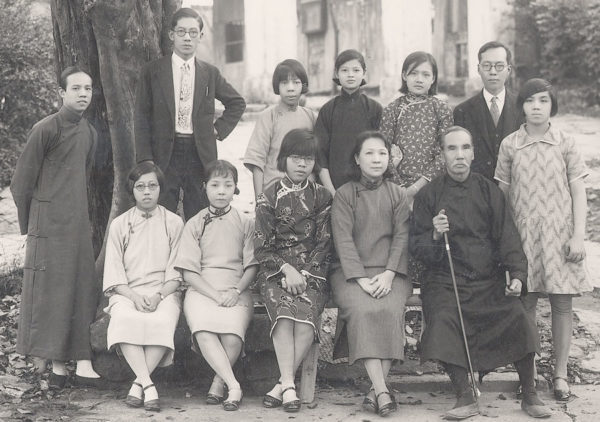
Dr. Y. T. Chiu (upper right) with staff of the UB school in Canton, China (March 1931).
Yan Tze “Y. T.” Chiu was born on April 14, 1890, in Canton, China. This brilliant man was responsible for starting United Brethren work in China and Hong Kong–and, therefore, deserves some credit for the eventual start of UB ministry in Macau, Thailand, Myanmar, New York City, and Toronto.
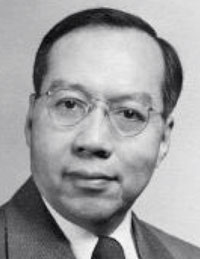 Chiu was a third-generation Christian; his maternal grandfather was the first Baptist preacher in Canton. Chiu came to America in August 1908 and graduated two years later from Boone’s University. In 1913, he received a degree in chemistry from the University of California-Berkeley, while also teaching in Congregational and Methodist mission schools. For a year, he was an official with the Chinese Students Association of North America, visiting Chinese students at various institutions along the Pacific Coast.
Chiu was a third-generation Christian; his maternal grandfather was the first Baptist preacher in Canton. Chiu came to America in August 1908 and graduated two years later from Boone’s University. In 1913, he received a degree in chemistry from the University of California-Berkeley, while also teaching in Congregational and Methodist mission schools. For a year, he was an official with the Chinese Students Association of North America, visiting Chinese students at various institutions along the Pacific Coast.
In 1915, Chiu received a Masters degree from Columbia University in New York. He returned to China in August 1915, where he joined the staff of Canton Christian College and taught chemistry. As a reward for ten years of service, he was given a year for graduate study, all expenses paid, at any university in America. He chose Cornell University in New York. His PhD thesis involved a process for making a milk substitute from soybeans.
Chiu’s cousin, Rev. Moy Ling, ran a school for Chinese people in Portland, Ore. It was supported during the 1920s by the United Brethren Women’s Missionary Association. Chiu was enlisted to begin UB missionary work in China. He and his wife started a school in Canton. In 1932, the work entered a second phase, evangelism, as women began traveling from village to village to teach and preach.
The Chius fled Canton in 1937 when the Japanese bombed the city en route to occupying southern China. They lost most of their belongings, including 5000 books from Dr. Chiu’s library. The staff evacuated to the British colony of Hong Kong, but the Japanese followed them there four years later, invading Hong Kong on December 8, 1941 (only eight hours after Pearl Harbor, but the international dateline put the two events on different days). The 14,000 British and Canadian troops surrendered on Christmas Day. During the rest of World War II, the Japanese terrorized the populace, killing and raping thousands of people. After the war, the Japanese governor of Hong Kong was executed as a war criminal.
The Chius returned to Canton in 1946, but only for a year together. In 1947, Dr. Chiu traveled to Hong Kong, while his wife and daughter, Bessie, stayed behind. They didn’t see each other for ten years.
The communists, under Mao, took over China in 1949. The work in Canton ended in 1952. Mrs. Chiu and Bessie lived under communist rule until 1957, when they made their way separately to Hong Kong. The Chius were finally reunited.
Meanwhile, in Hong Kong, Dr. Chiu was ordained as a United Brethren minister in 1949. In 1950 he started a church in Hong Kong, and ran medical clinics for the poor. The work grew. When Bishop Clyde W. Meadows officially organized Hong Kong Conference in 1962, there were four churches, six ministers, and nearly 500 members.
In 1959, Dr. Chiu became a U.S. citizen. The Chius retired to Glendale, Calif., in 1967.
Later in life, Y.T. Chiu received honorary doctorates from Colorado Bible College and Seminary (D.D.) and the Episcopal Universities in London (Doctor of Humanities). He wrote 65 books and 102 tracts, many of which were translated into English. His writings included text books (chemistry and mathematics), sermons, Bible stories, and Bible studies. He was also a sought-after speaker, fulfilling over a thousand engagements in 34 states.
This remarkable man passed away at age 97 on November 9, 1987, in Burbank, Calif.

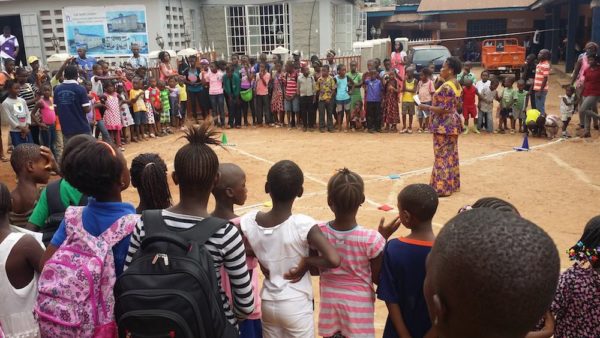
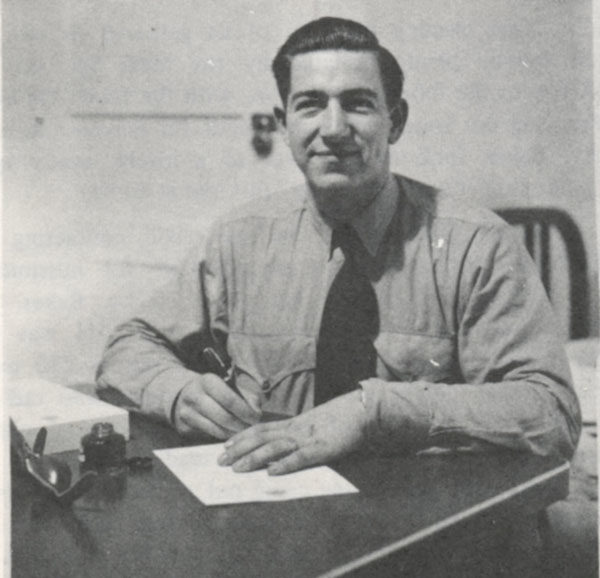
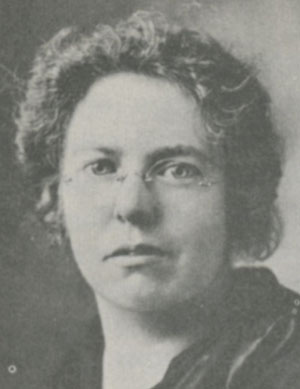 On April 19, 1929, Ellen Rush (right) concluded six years as a missionary in Sierra Leone.
On April 19, 1929, Ellen Rush (right) concluded six years as a missionary in Sierra Leone.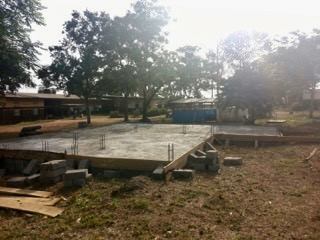
 Progress is being made at Mattru Hospital in Sierra Leone. Global Ministries staff member Matt Asher (right) is working with others to prepare the site for the 100kVA solar array and water purification/packaging project. Solar panels, batteries, packaging equipment, and supplies are on their way and will be installed in the coming months. The project will eventually provide electricity to the hospital and sell excess electricity to a limited number of consumers in the community.
Progress is being made at Mattru Hospital in Sierra Leone. Global Ministries staff member Matt Asher (right) is working with others to prepare the site for the 100kVA solar array and water purification/packaging project. Solar panels, batteries, packaging equipment, and supplies are on their way and will be installed in the coming months. The project will eventually provide electricity to the hospital and sell excess electricity to a limited number of consumers in the community.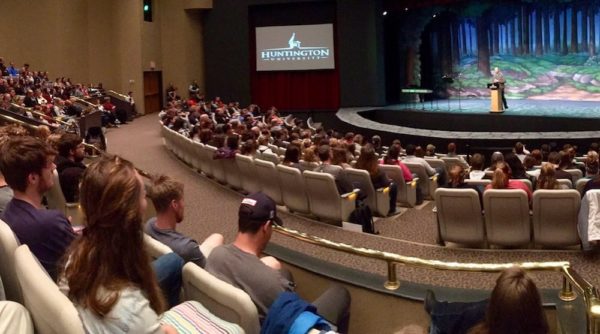
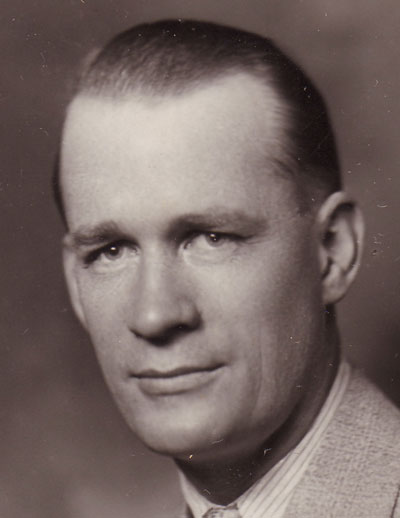 On April 18, 1925, Clarence Carlson boarded a ship for Sierra Leone. He would go on to serve five terms as a missionary, pastor UB churches in three different states, and spend eight years as bishop. But at this point, he was just a 28-year-old Huntington College drop-out embarking on his first ministry assignment.
On April 18, 1925, Clarence Carlson boarded a ship for Sierra Leone. He would go on to serve five terms as a missionary, pastor UB churches in three different states, and spend eight years as bishop. But at this point, he was just a 28-year-old Huntington College drop-out embarking on his first ministry assignment.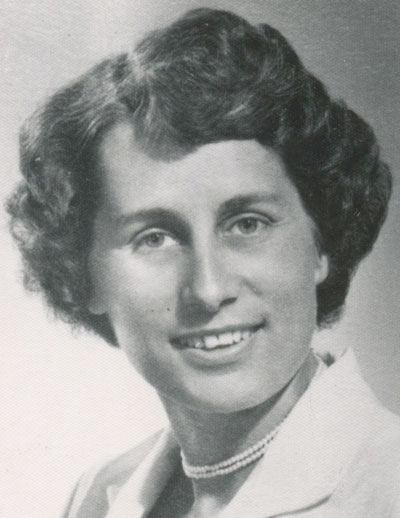 On April 17, 1948, the 24-year-old Olive Weaver began the first of what would become five terms as a missionary in Sierra Leone. She serve continuously until 1968.
On April 17, 1948, the 24-year-old Olive Weaver began the first of what would become five terms as a missionary in Sierra Leone. She serve continuously until 1968.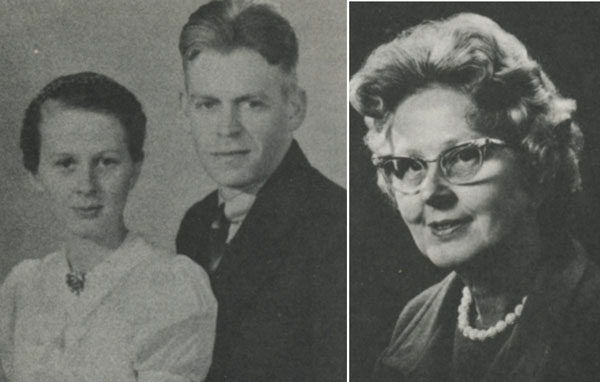

 Chiu was a third-generation Christian; his maternal grandfather was the first Baptist preacher in Canton. Chiu came to America in August 1908 and graduated two years later from Boone’s University. In 1913, he received a degree in chemistry from the University of California-Berkeley, while also teaching in Congregational and Methodist mission schools. For a year, he was an official with the Chinese Students Association of North America, visiting Chinese students at various institutions along the Pacific Coast.
Chiu was a third-generation Christian; his maternal grandfather was the first Baptist preacher in Canton. Chiu came to America in August 1908 and graduated two years later from Boone’s University. In 1913, he received a degree in chemistry from the University of California-Berkeley, while also teaching in Congregational and Methodist mission schools. For a year, he was an official with the Chinese Students Association of North America, visiting Chinese students at various institutions along the Pacific Coast.